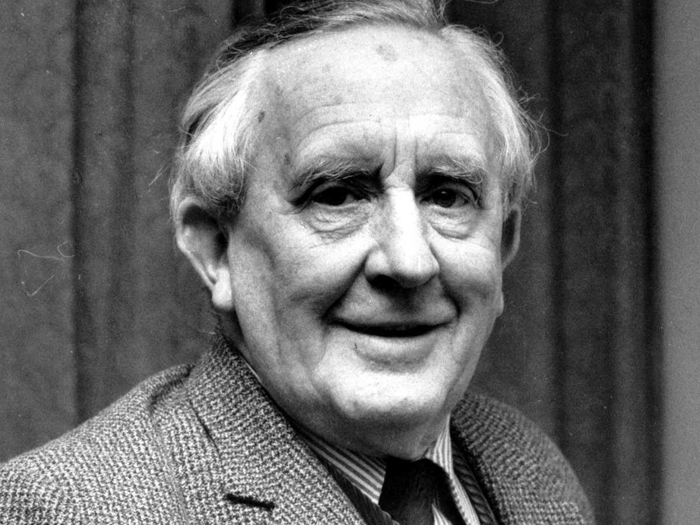Tolkien Week: UCT's 'near coup'
22 September 2015 | Story by Newsroom
Brush up on your Elven, throw off your shoes and let's get precious. This week is Tolkien Week and today is Hobbit Day (22 September), in honour of author John Ronald Reuel Tolkien and his fictional heroes immortalised in The Lord of the Rings and The Hobbit. But did you know that Tolkien has a tenuous UCT connection?
Born in Bloemfontein in 1892, Tolkien spent the first three years of his life on African soil before his family moved back to England.
More than 40 years later, The Hobbit was published in 1937, the sequel, The Lord of the Rings, appearing in the mid 1950s. That trilogy remains one of the best selling works ever, with over 150 millions copies sold.
Perhaps it was his early experiences of South Africa's own multilingual society that stirred Tolkien's love of languages, this passion reflected in his own literary creations: the Middle Earth Elvish languages such as Quenya and Sindarin.
Tolkien's UCT 'connection'
But Tolkien also had a tenuous UCT connection, one that nearly led to a literary coup for the university.
This is how the story goes, according to a Monday Paper article published on 11 October 2004: In the early 1920s UCT was looking to fill its vacant English chair. Among the prospective candidates was one JRR Tolkien, then based at Oxford but looking for a teaching post.
Apparently UCT had decided on Tolkien but the process was snail-paced. Commissioners had interviewed him in England on UCT's behalf and posted reports to the university “via languid mail ship”.
By the time UCT had got the good news to Tolkien by return mail, he had already accepted a post at Leeds University.
The rest, as they say, is history.
The Hobbit and The Lord of the Rings introduced the world to a collection of memorable heroes, anti-heroes, reluctant heroes and tragic heroes: Gandalf the White, Frodo and Bilbo Baggins, Samwise, Aragorn, Arwen, Legolas, Gimli and Gollum.
According to one website, Tolkien claimed to have few memories of South Africa, except for an encounter with a large spider, one that surely guided Tolkien when he imagined Shelob, the giant arachnid in the second volume of The Lord of the Rings, whose lair was in Cirith Ungol, leading into Mordor.
Compiled by Helen Swingler. Image courtesy of businessinsider.com
 This work is licensed under a Creative Commons Attribution-NoDerivatives 4.0 International License.
This work is licensed under a Creative Commons Attribution-NoDerivatives 4.0 International License.
Please view the republishing articles page for more information.










